
Sustainability Efforts
Country: Iran
Explore sustainability efforts in Iran. The United States Environmental Protection Agency (“EPA”) said it well when they state:
“Sustainability is based on a simple principle: Everything that we need for our survival and well-being depends, either directly or indirectly, on our natural environment. To pursue sustainability is to create and maintain the conditions under which humans and nature can exist in productive harmony to support present and future generations.”
About Iran
Iran, located in the Middle East, is a country with a rich history and cultural heritage. It is known for its ancient civilization, including the Persian Empire, and is home to architectural wonders like the ancient city of Persepolis and the intricate mosques of Isfahan. Iran has a diverse landscape, ranging from deserts and mountains to lush forests and coastal areas along the Caspian Sea and the Persian Gulf. Tehran, the capital city, offers a mix of modern infrastructure and historical sites like the Golestan Palace. Iran is known for its Persian cuisine, poetry, music, and traditional arts such as carpet weaving. Despite political tensions, Iran welcomes visitors to explore its historical treasures, natural beauty, and experience the warmth of Iranian hospitality. Sustainability efforts in Iran will enhance the country’s future.
Sustainability Efforts
Toggle each button below to “open” and “close” the presented data.

Iran has implemented social welfare programs and poverty reduction initiatives. The government provides cash transfers and subsidies to low-income families, contributing to a reduction in the poverty rate over the years. According to the World Bank, Iran's poverty rate decreased from 13.1% in 2009 to 8.1% in 2019.

Iran has made progress in addressing hunger through food assistance programs and targeted subsidies. Government-supported food security initiatives and domestic production efforts have contributed to reducing hunger, with a low Global Hunger Index score of 5.5.

Iran has invested in its healthcare infrastructure and provides universal access to healthcare services for its citizens. With a life expectancy of 75.6 years, the country is continually working to ensure quality medical services for its population.
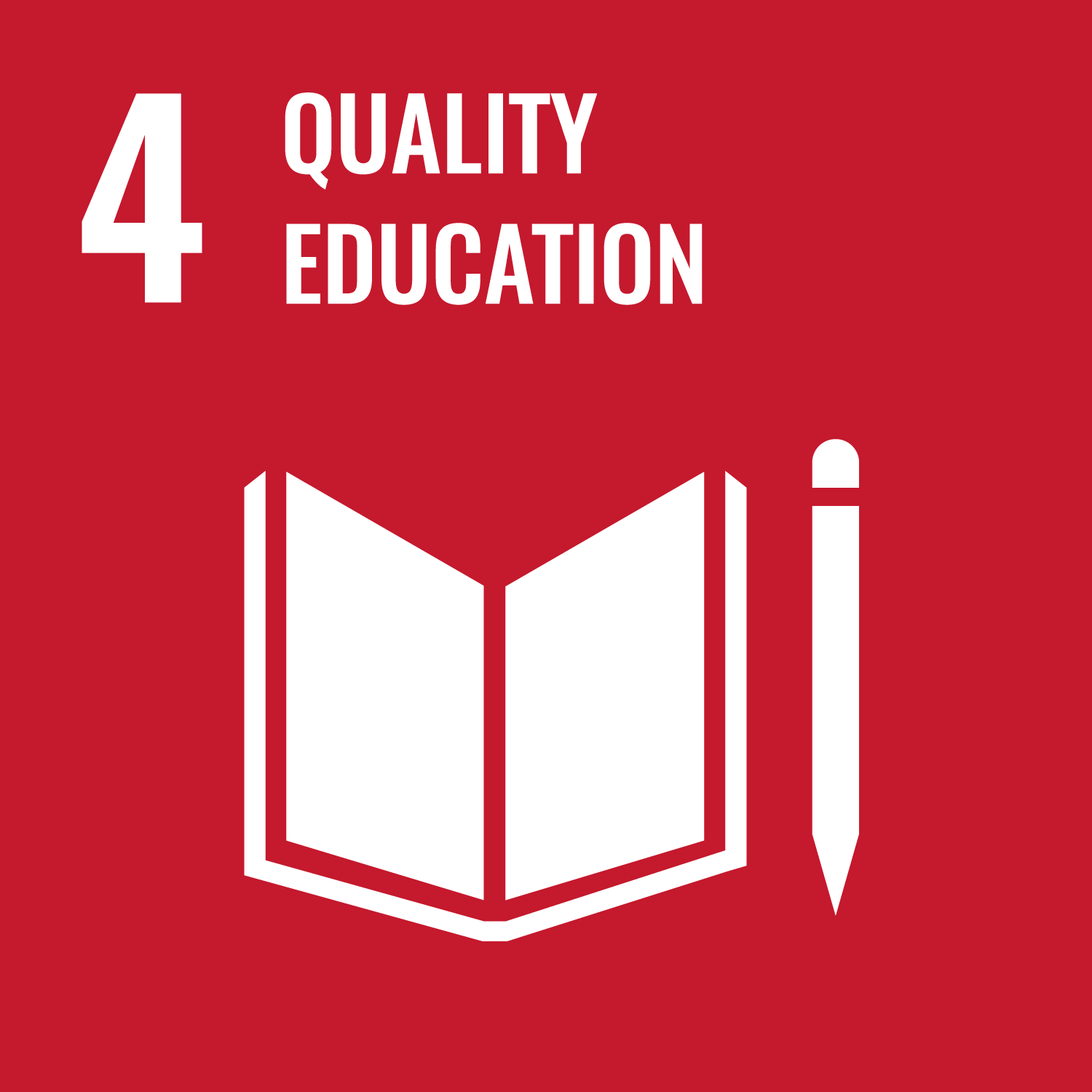
Iran places a strong emphasis on education, with compulsory education up to the age of 15. According to the World Bank, the country has significantly improved access to education, with a literacy rate of 84.7% in 2019.

Iran has made strides in promoting gender equality, with women actively participating in various sectors, including politics. As of 2021, women make up a notable portion of the Iranian parliament, reflecting progress in political representation.

Iran has invested in water management and sanitation infrastructure, with over 90% of the urban population having access to safely managed drinking water services. The country actively works to improve sanitation and wastewater treatment.
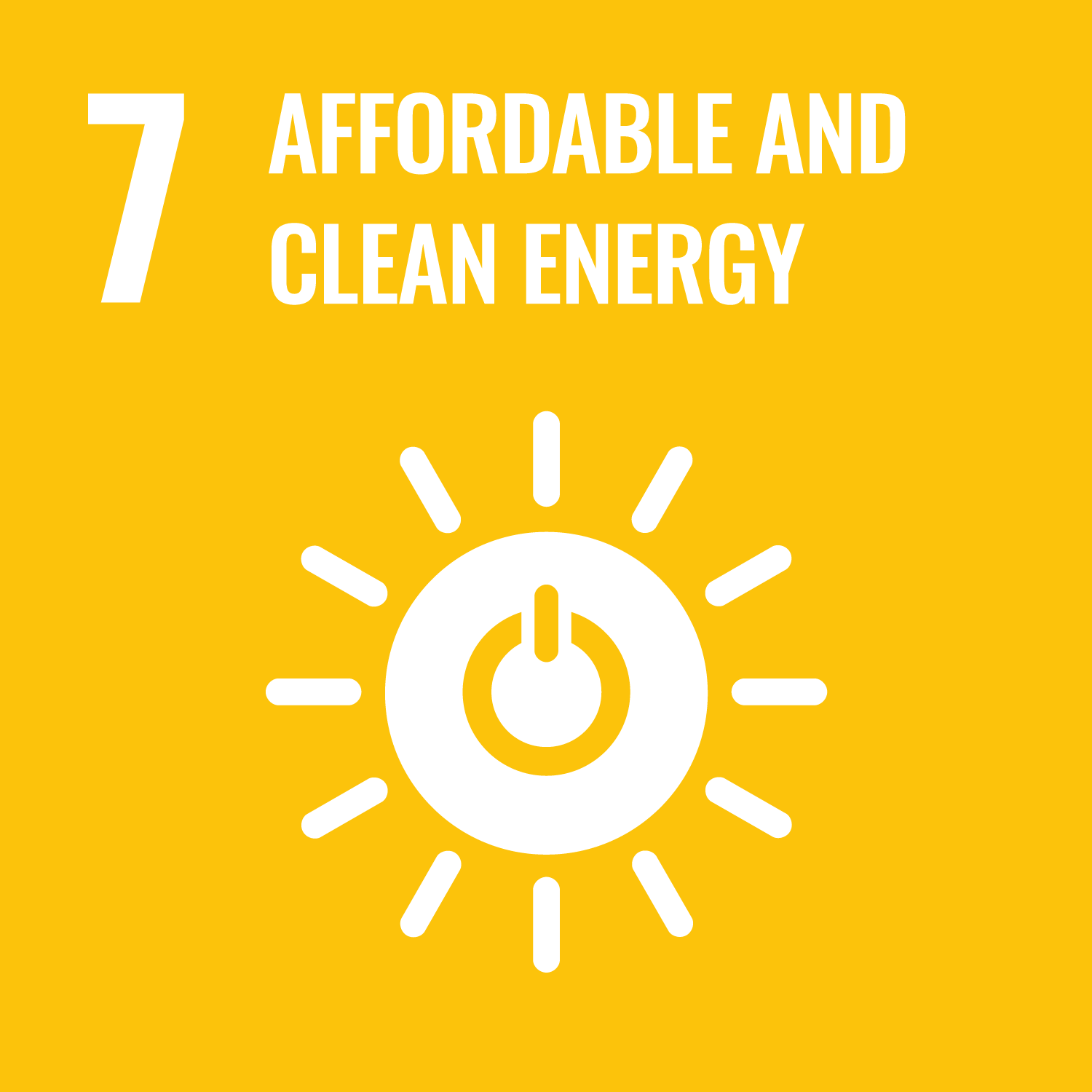
Iran is investing in affordable clean energy sources, including solar and wind power. The government has set ambitious targets for increasing the share of renewable energy in its electricity production.
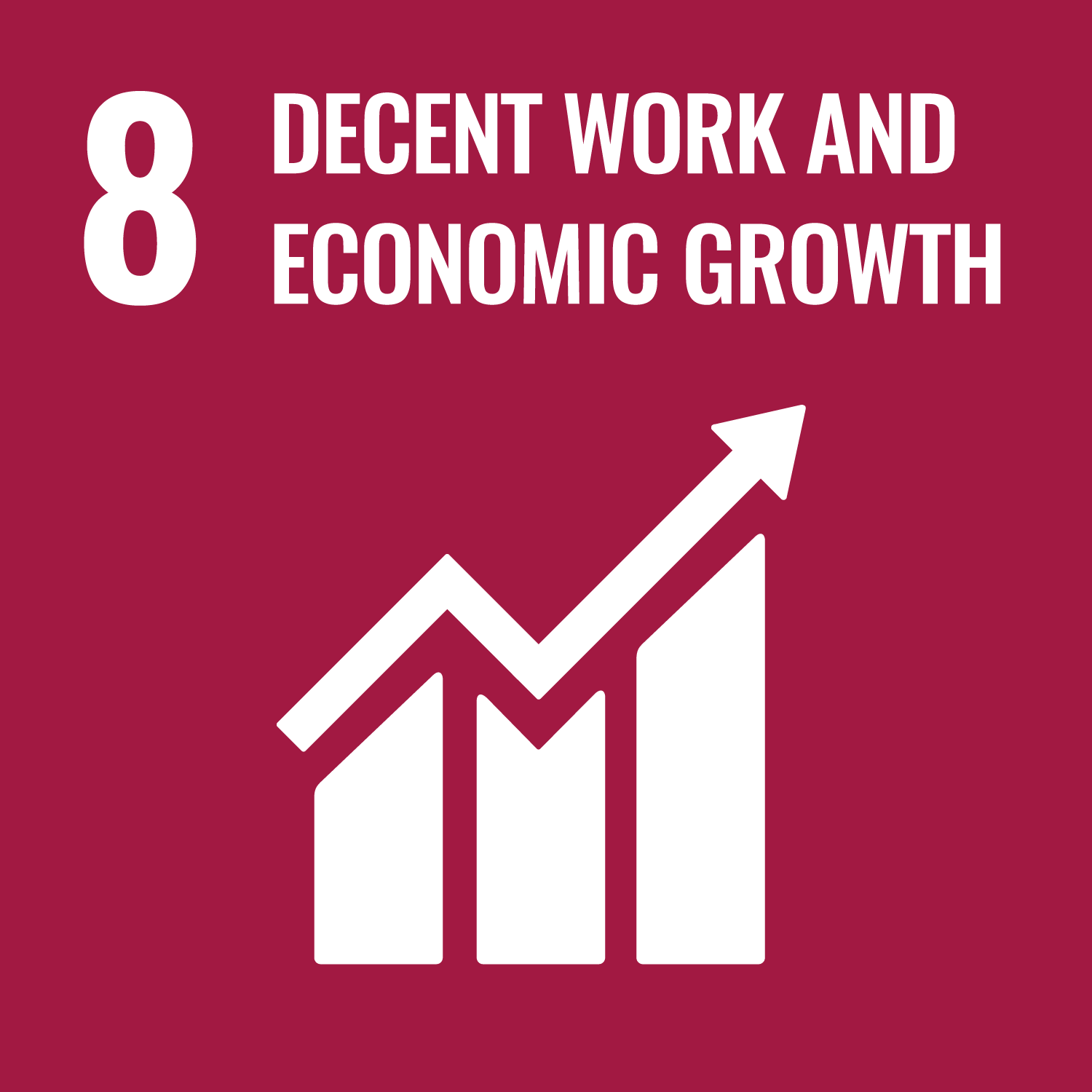
Iran faces economic challenges, but it continues to focus on economic diversification and attracting foreign investment. The country's GDP growth rate was 3.7% in 2019, despite economic sanctions.
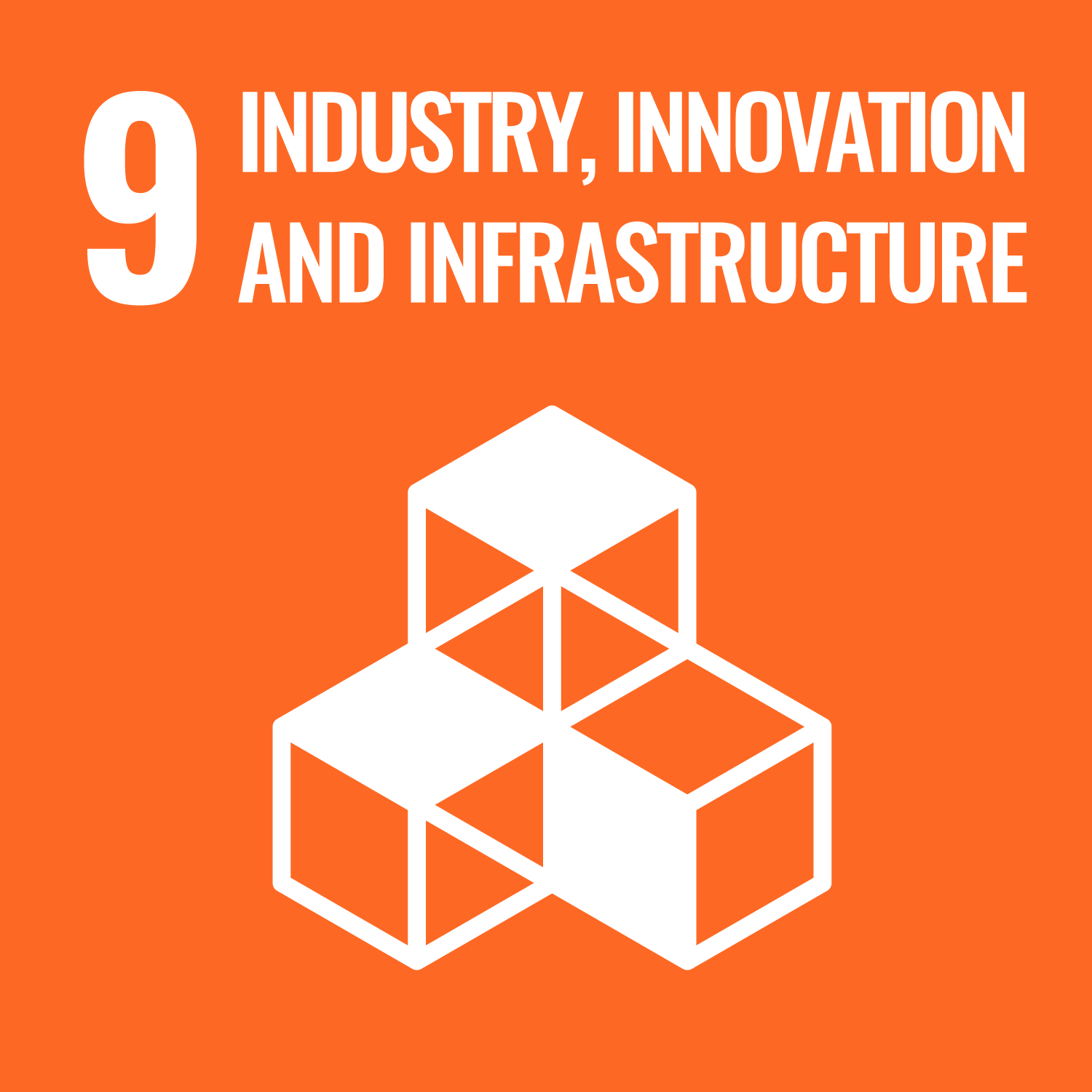
Iran promotes innovation and technological advancement in various industries. The country has established research centers and technology parks to foster innovation and entrepreneurship.

Iran has implemented policies to reduce income inequalities, including targeted subsidies and income redistribution programs. The Gini coefficient, a measure of income inequality, has shown signs of improvement over the years.

Iran is working to develop sustainable cities through urban planning, public transportation improvements, and environmental protection measures. Initiatives aim to reduce pollution and improve urban livability.

Iran actively promotes responsible consumption and production practices, including waste reduction and recycling. The government encourages sustainable practices in industries and households.

Iran is taking steps to address climate change and reduce greenhouse gas emissions. The country has pledged to reduce emissions and is investing in renewable energy sources.

Iran is dedicated to preserving its aquatic environment, including the Caspian Sea and Persian Gulf. Conservation measures include protecting marine life, regulating fishing, and combatting pollution.
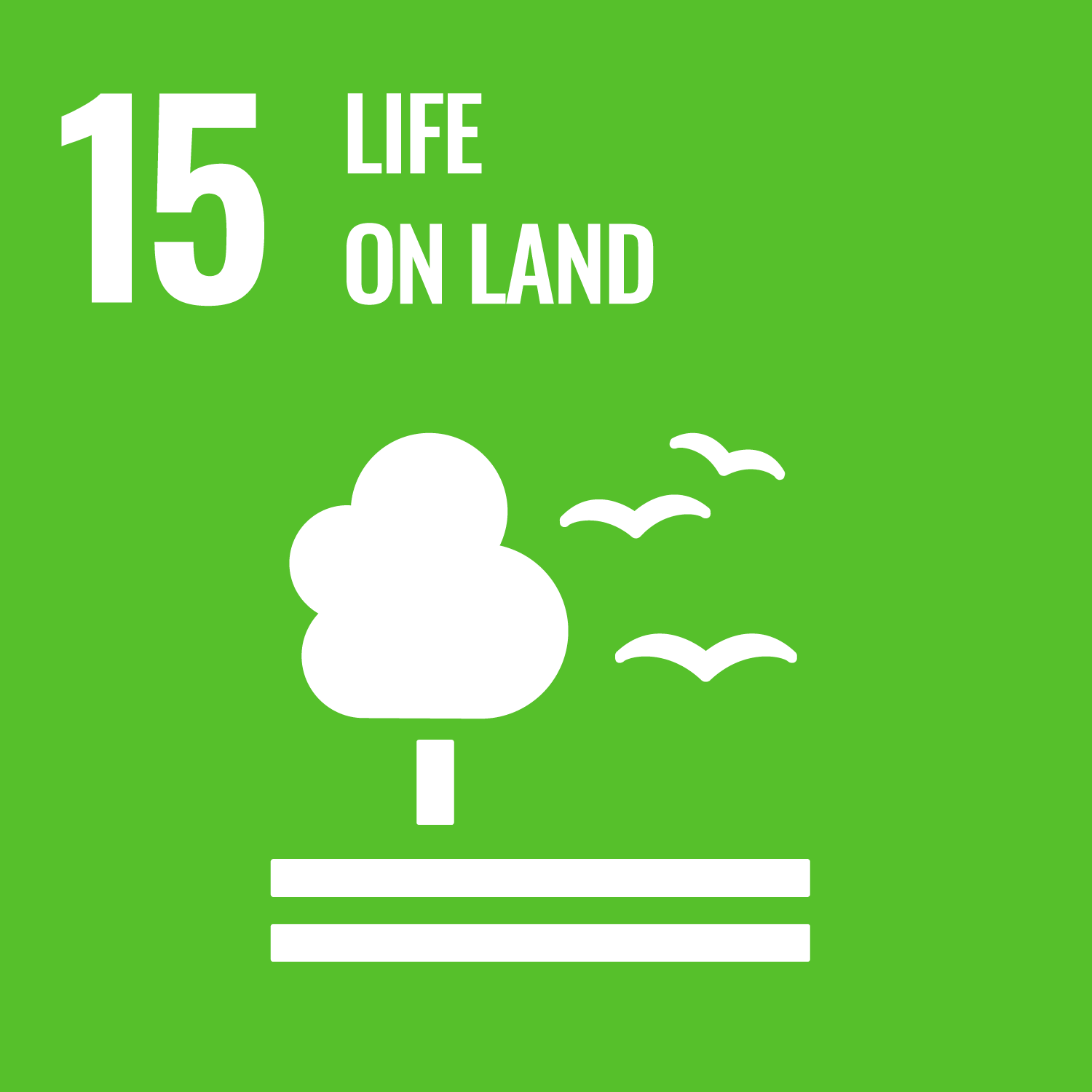
Iran values its natural environment, including deserts, mountains, and unique ecosystems. The country has established protected areas and wildlife reserves to safeguard its natural heritage.

Iran maintains a commitment to peace and justice, with a strong legal system and institutions that uphold human rights. The country actively participates in regional diplomacy and peace efforts.

Iran actively engages in international partnerships and collaborations to achieve sustainable development goals. The country collaborates with various international organizations and works with other nations to address global challenges and promote sustainable development on a global scale.



